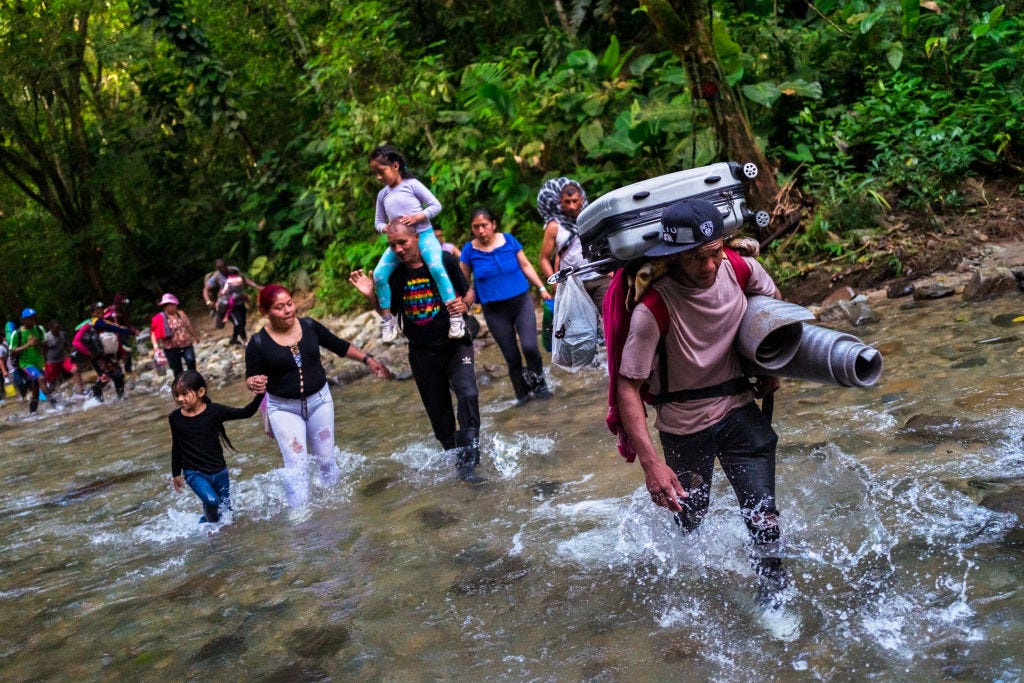Out of Sight, Out of Mind: After Title 42, U.S. Border Enforcement Will Push Further South
When Title 42 phases out on May 11, expect the further export of U.S. “prevention through deterrence” into Latin America and the Caribbean.
Keep reading with a 7-day free trial
Subscribe to The Border Chronicle to keep reading this post and get 7 days of free access to the full post archives.


